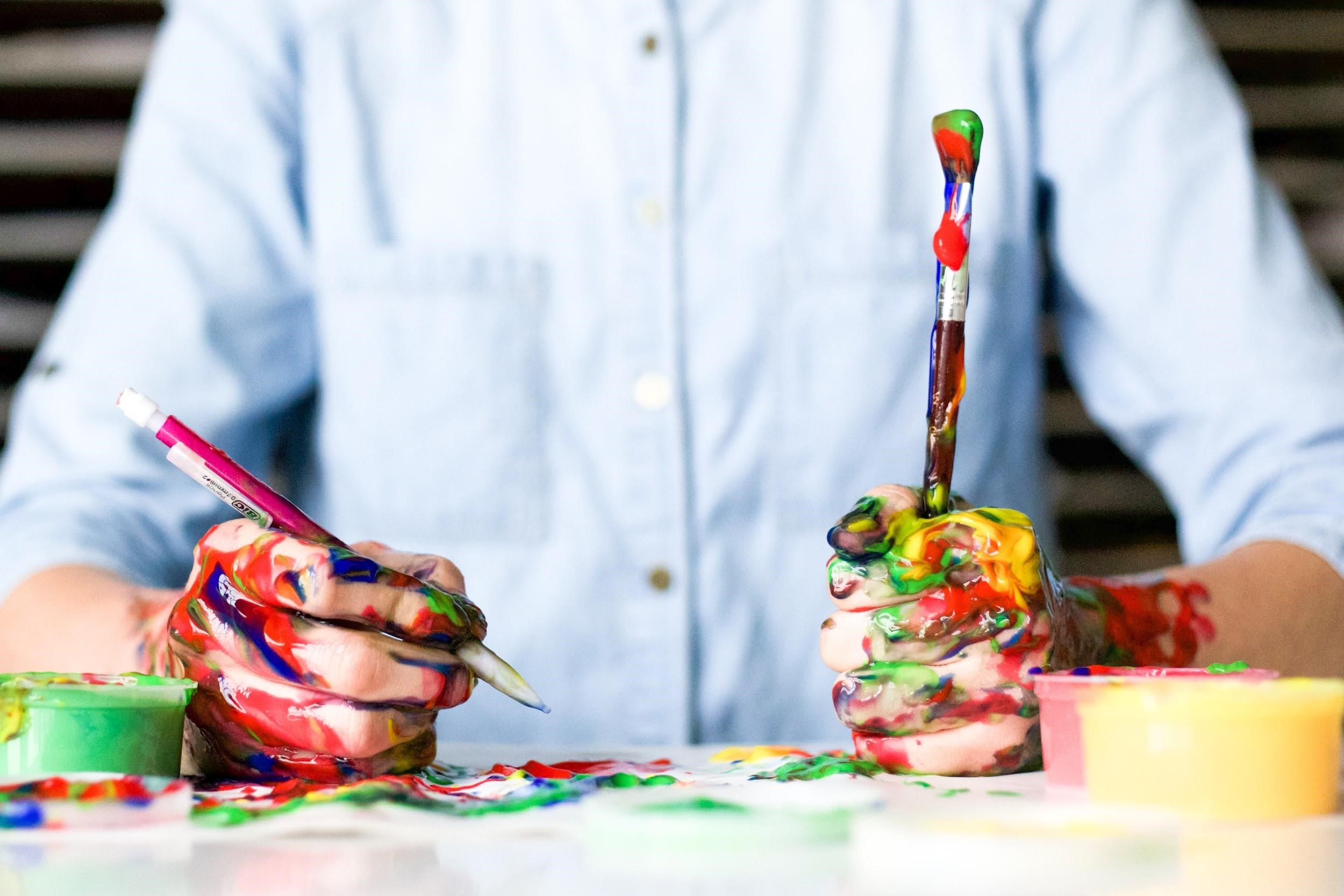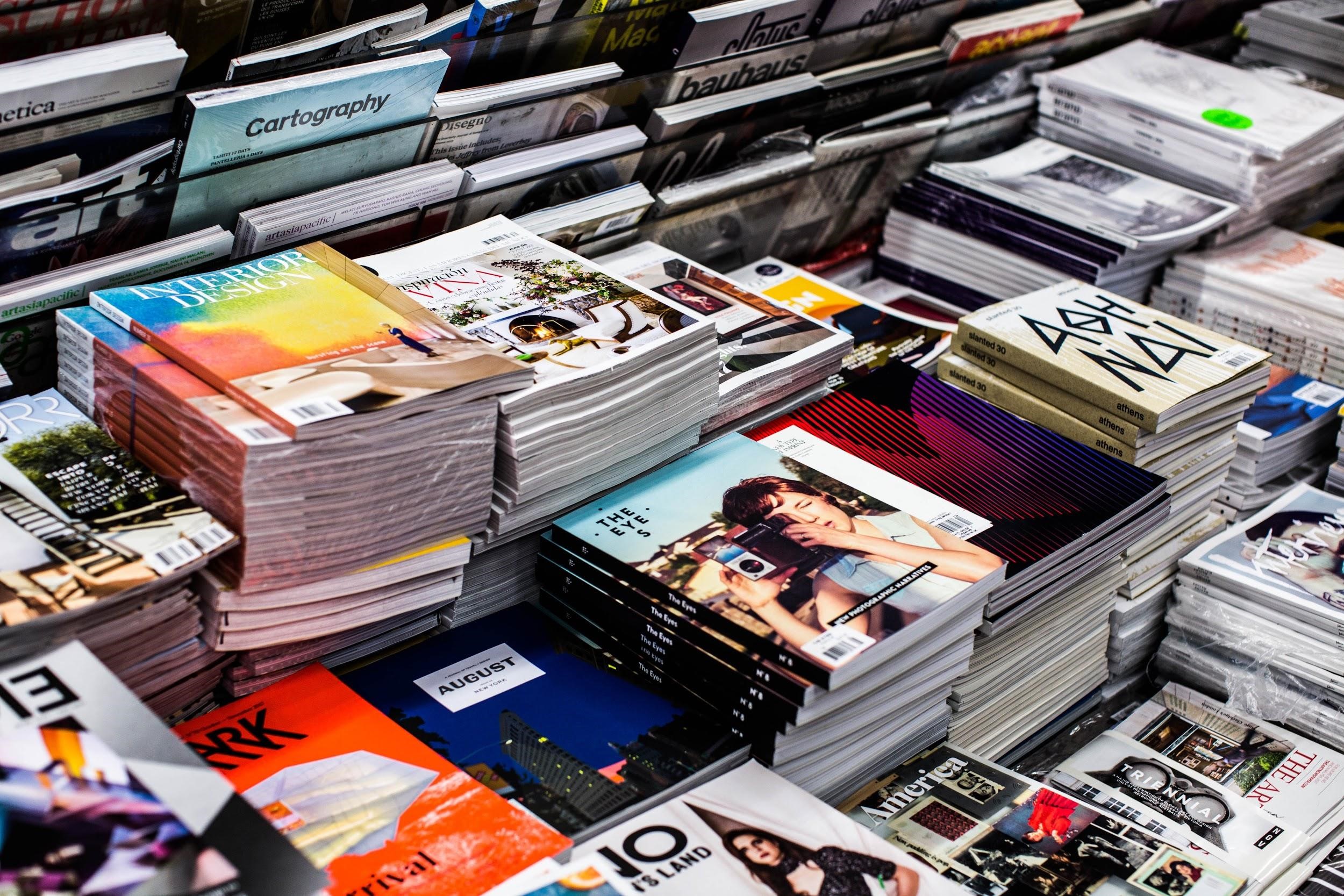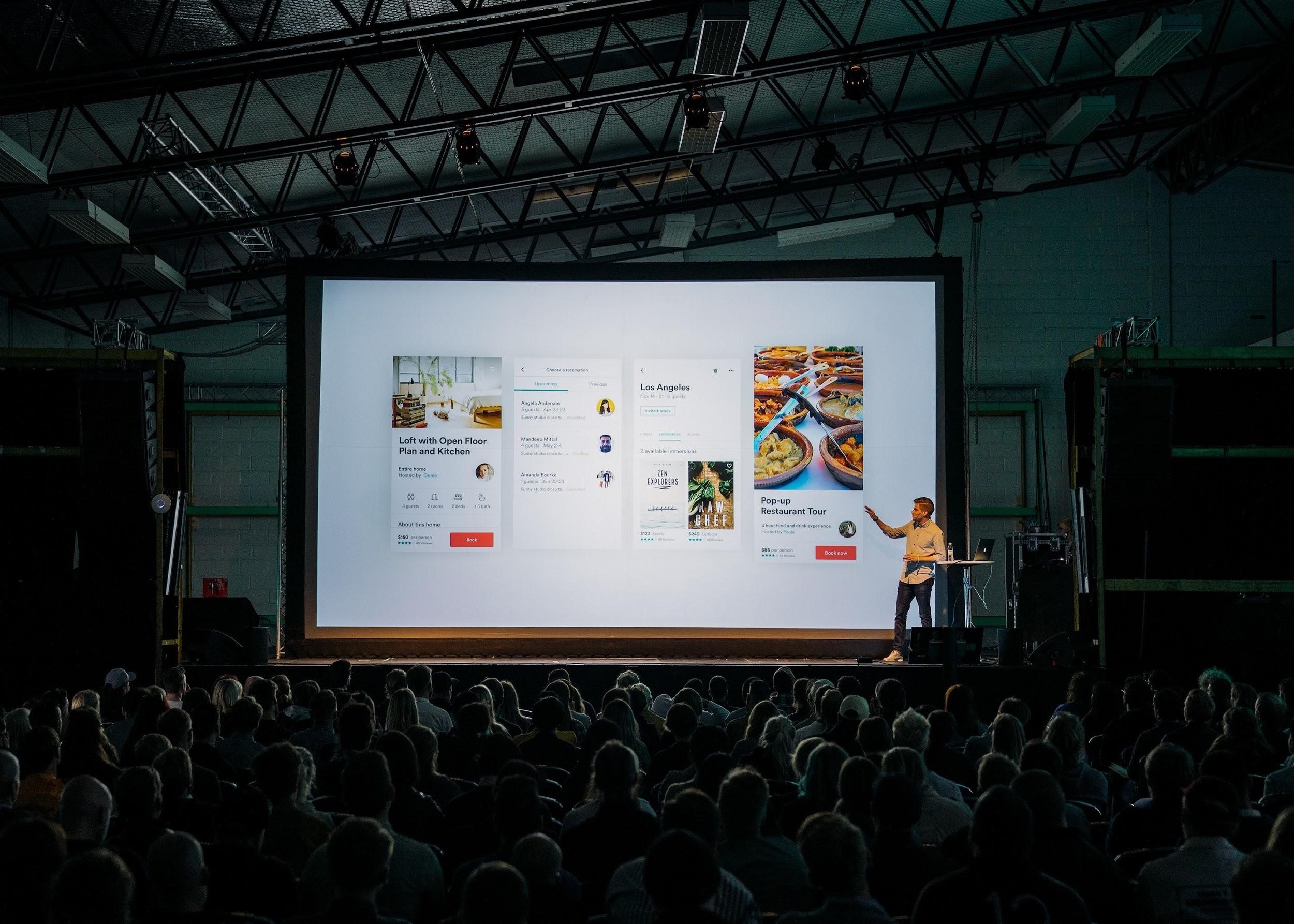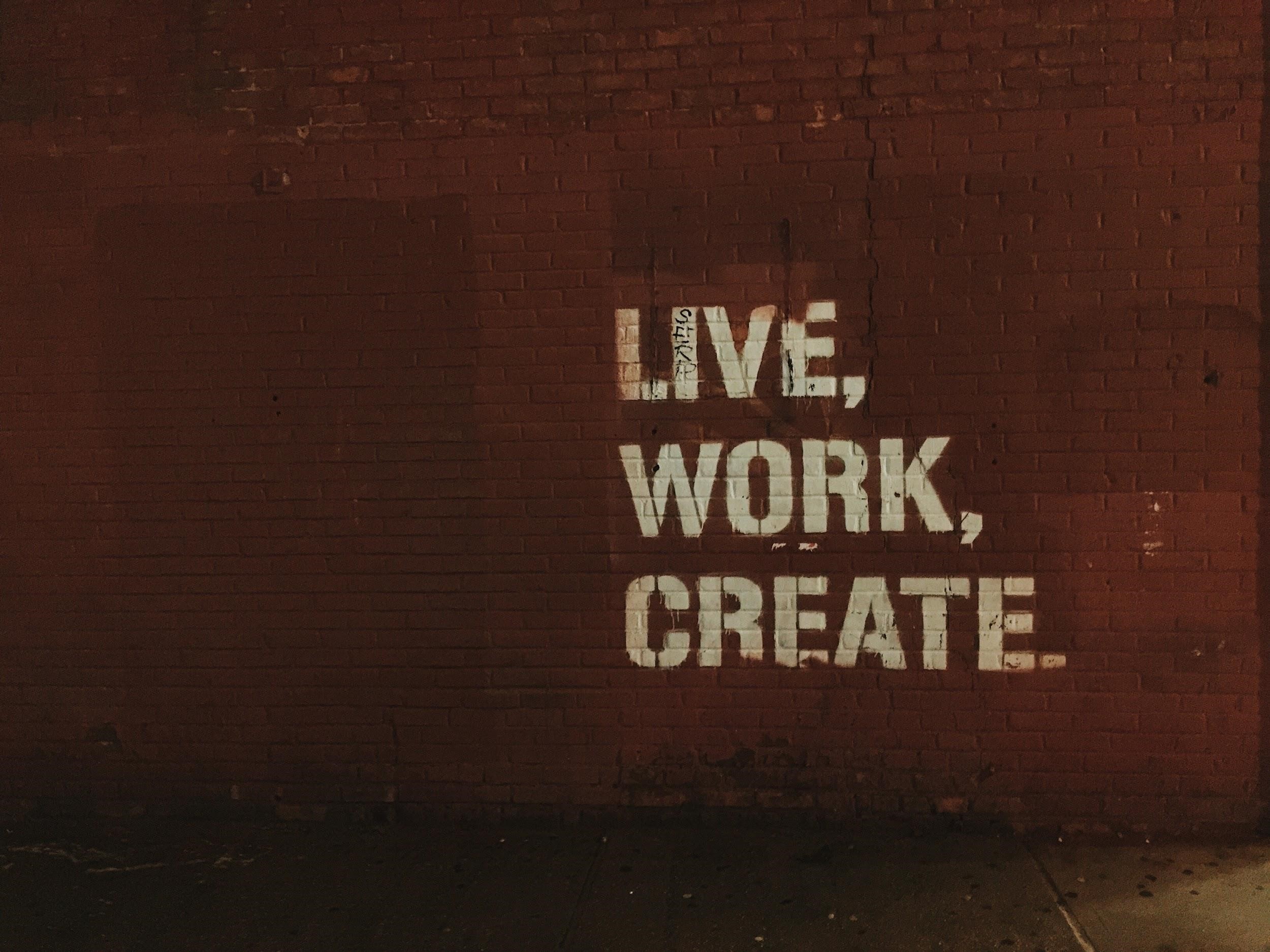Trying to convey ideas is hard without communicating feelings, visions and moods. The problem is that emotions can’t be told verbally. That’s why a mood board is a great tool to tell others how you feel about certain ideas. The mood board is a collection of textures, images, and text that all together serves as a reference point. This tool is used by many creative people because it helps others to “get inside your head”. These are 10 tips for creating them.
1. Choose the Format
Before you start, establish whether your board will be physical or digital. If your board needs to be emailed, you’ll need to take a different approach in creating the board. An online board should be well organized without misconceptions. If you are presenting your board physically, you’ll be able to be more flexible and creative with the design of the board, but in return, you’ll need to work harder on the presentation to convey the emotion that is in the board to the client. If you want to learn more about digital boards, go to Setapp.com and there you’ll be able to find more tips for creating mood boards.
2. Take Pictures
There’s a lot of inspiration around us, sometimes we just don’t notice it. Instead of “counting pebbles” on the street, lift your head and look around. Search for things that you like, something that you find sweet or amusing and when you find it – take a picture. This could be anything, from a flying bird to a begging old man. It doesn’t have to be good photos, all you need to do is to capture a thought or a feeling that will later be used for your mood board.
3. Look Beyond Google Images
It is easy, that’s why it’s tempting to use Google images for your mood board. Especially when you work on a digital product idea. This, however, shouldn’t stop you to go beyond the digital world. For example, looking at magazines, particularly old ones, could give you many wonderful ideas. Maybe there’s an old picture there or a caption that is relevant to nowadays. These hints together can inspire you greatly.
4. Use Small Elements Around Large Images
A great subliminal trick for your mood board is to use a layout that gives prominence to the key images. To do so, simply surround key elements with smaller supporting images to enhance it. The supporting elements help to visually answer possible questions by clarifying the specific message given in the key image.
5. Tell a Story
When creating a mood board, think of yourself as a storyteller. Everything on the board shouldn’t be just a collection of images. Instead, introduce the meaning between the pictures and show how they connect to each other. In other words, tell a story how you go from point A to point B and why.
6. Present Yourself
If you’re the one who created the board, you should be the one presenting it. There are no exceptions. The board is something that originated in your head and only you can communicate everything as it actually is. That’s why always try to get involved as much as possible with the presentation. If the presentation is a result of a group, then everyone should introduce their own ideas and how they all connect to the whole story/concept of the idea.
7. Watch Your Audience
When you are presenting a physical mood board, try looking at the facial expressions of your audience. This will give you an honest take on your board and if it’s doing good or not. Moreover, by watching their expressions, you can also adjust your presentation to get your audience “in the mood” of your board.
8. Use Board for Pitching
A standard practice is to use a mood board separately from the pitch. Mood boards are usually being used in the problem-solving stage, to come up with creative ideas. Afterward, those ideas are cultivated with facts and data and is presented in the final pitch. Nevertheless, mood boards are a great tool to communicate your concept at any stage. Moreover, using subliminal visual tricks will help your clients to understand your idea better.
9. Don’t Forget Words
There’s a lot of power in well-chosen words on a board. These words give your audience a pause to mentally read it and think about it for a while. Big, bold, colorful words work very well in creating meaning for any project. A good use of words could be to point out specific values or problems and then support it with images that tell the whole concept of the idea.
10. Have fun
The process of creating a mood board should be fun – enjoy it. Not only it allows you to escape your tedious work, but at the same time helps you to find your creative side. Try to open up your creativeness and let everything appear on the board, this will help to generate most awesome ideas!




